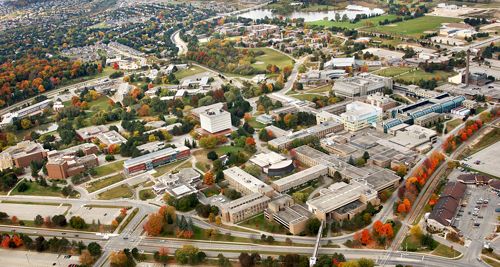Earthlings, meet the EmDrive, the rocket of the future.
Allegedly, Eagleworks Labs at NASA’s Johnson Space Center has defied a Newtonian law of physics and created a futuristic warp drive. If it’s real, it could be the most exciting breakthrough in space-travel technology to date: an engine that gets from point A to point B without using any fuel — and does it crazy fast.
Despite months of skepticism, our nation’s aerospace agency wants you to believe its latest findings are legit. Recent studies purportedly prove the EmDrive’s authenticity. Even NASA researcher Paul March hopped on a (non-NASA-affiliated) spaceflight forum to chat about the agency’s findings.





